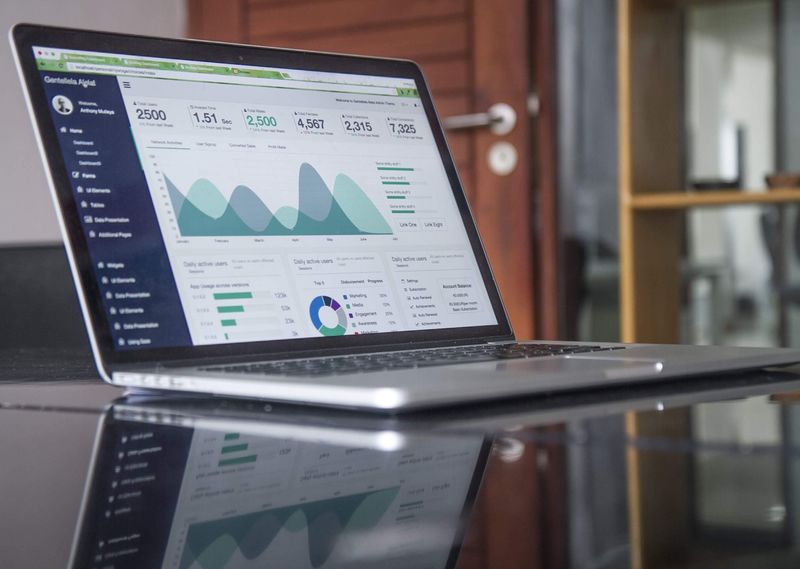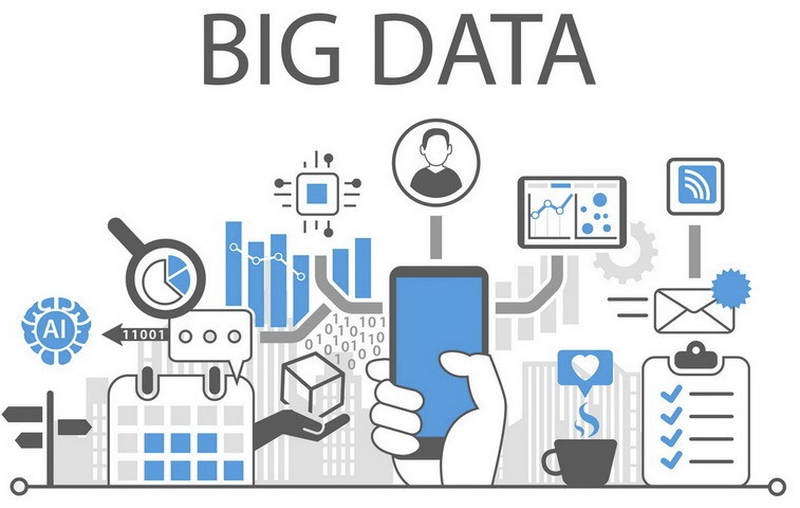
When it comes time to prepare Retailers and B2B's for the necessary change needed for a new eCommerce Channel, one of the most common questions I receive is...
Where should the Customer Support team sit within the business structure and who should they report to?
It's a valid question and becomes a hot topic due to the necessity to wrap "employee accessibility" around the new eCommerce Channel: "employee accessibility" is all about making employees accessible to people while they are engaging with the online channel. While I call this "employee accessibility" most businesses refer to it as "Customer Support". Which is in fact wrong.
The future of "customer support" is a proactive selling function, not a reactive problem solving function.
The more proactivity applied, the less reactivity occurs.
Where to Place Customer Support:
So, where is the ideal location for "Customer Support" resources to be located? When answering, the business needs to pause and look at this strategically.
To help a business work through this, consider 4 key points....
1. First Party data must be owned by eCommerce Team:
Businesses are beginning to understand the strategic importance of owning and understanding first party data. This is defined as data that captures and monitors interactions between consumers (people who have not bought from the business yet), and existing customers (people who have bought from the business before, but the business wants to drive repeat purchasing behaviours).

This distinction of consumer/customer is important because all businesses want to acquire new customers and drive repeat buying behaviours.
Every business needs data to see how the consumer/customer behaves in his/her attempt to engage with the online channel.
Which is why many businesses are investing in "First Party Data Capture Plans": highly recommended. The importance of this has heightened with the forced introduction of GA4. Still a powerful tool, but now needs specialist support to drive the right insights.
Understanding the "What" and "Why" Dichotomy in insight gathering:
GA4 is behavioural data which tells the business "What is happening". It's data that identifies online channel performance issues.
If this data is captured properly, we understand what is, and what is not working in the context of people trying to engage with the online channel.
GA4 defines performance issues. But we don't know why these performance issues are happening. In essence, behavioural quantitative data only tells us half the story.
The "Why":
When a business understands "What is happening" it hones focus in seeking out why it's happening. When the "What" and the "Why" come together, the business knows exactly where the issues are and why it's an issue.

Only when these two questions can be answered, can a business produce solutions to remedy performance issues.
This process of bringing together the "What" and the "Why" is the secret sauce in insight gathering. Very few get this right.
The "Why" is customer centric data or "qualitative data'', and comes in the form of one to one interactions between people and the business. Some examples of what this data looks like...
- Interviews with Support Teams who deal with customers all day every day.
- Contact form submissions.
- Live chat conversation data.
- Questions and comments that come from Social.
- Incoming emails.
Once there are answers to the "What" and "Why" questions, a specialist takes this data and constructs online channel enhancements to remedy performance issues.
2. The value of knowing the "Why":
No person on this planet goes to a website thinking the following...
I hope I get the chance to find something that's of high interest to me and then be forced to speak to an employee because the website does not have enough information to allow me to decide on my own.
EVERY time a person emails or calls a business when they are engaging with a website, he/she tried to engage and solve their need without anyone's assistance. But the site has flaws and was not able to meet needs.
When needs are NOT met, the majority of people leave the site. However, a small percentage will persevere and reach out to the business for help.
This means, every conversation the business has with a person in this context is information the business must capture because it represents a clear signal of what more is to happen to drive scalable self-serve journeys.
This is information is GOLD
3. Who needs the "Why" data:
The most important department within the business to own this "Why" (qualitative) data, are the teams of people who are in charge of the Online Channel.
They are responsible for every experience happening on the website and their role KPI's are wrapped around the performance of this channel (if not they should be).
If this data is placed in the hands of any other department it will be ignored.
4. Proof:
In the last 23 years of leading change, as part of the data capture process, I have always interviewed Customer Support staff and analysed "qualitative data".
Each time I have driven change to the online channel that is wrapped around this "What" and "Why" methodology, I have seen first-hand the huge performance increases that come as a result.

This method of insight gathering is a competitive advantage and is rarely leveraged for 2 reasons...
- It can be difficult to analyse if its not captured correctly (which is why support employees are always interviewed)
- It sits in the wrong business department and this information becomes lost
Concluding Statement:
Every business has a wide array of data that can be stitched together and used to inform the right change to drive dramatic increases in online channel performance which influences overall business growth.
The issue is not a matter of having the data, it's a matter of how to use the data that is currently sitting within the business and knowing how to leverage it to drive the right change.
This article was as tagged as